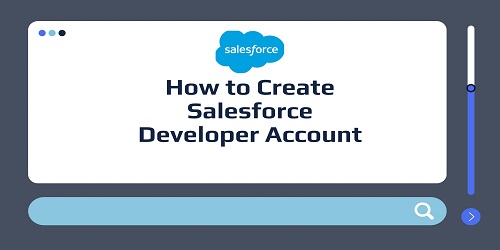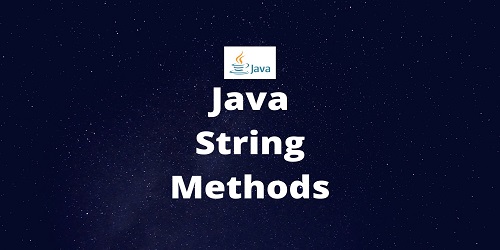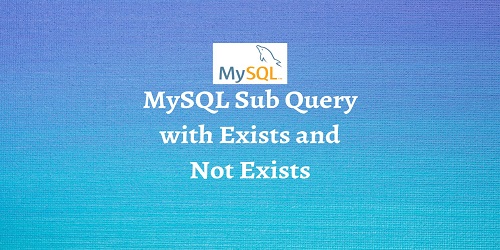Table of Contents
What is Enterprise Resource Planning?
Enterprise resource planning (ERP) is a software system that attempts to integrate all departments and functions across a company into a single computer system that can serve all those different departments’ particular needs. That is a tall order, building a single software program that serves the needs of people in finance as well as answering the needs of the people in human resources and in the warehouse. Each of those departments typically has its own computer system optimized for the particular ways in which the department does its work. But ERP combines them all together into a single, integrated software program that runs off a single database so that the various departments can more easily share information and communicate with one another. In short, Enterprise Resource Planning software is capable of linking a company’s financials, supply chain, operations, commerce, reporting, manufacturing, and human resources activities on one platform.
| For the Best ERP Services Implementation contact us at ERP Consultors |
Enterprise Resource Planning or ERP System Modules:
ERP Systems include a variety of different modules. Each ERP System module supports specific business processes – like finance, procurement, or manufacturing – and provides employees in that department with the transactions and insight they need to do their jobs. Every module connects to the ERP System, which delivers a single source of truth and accurate, shared data across departments. The most widely used ERP System modules include:
(1) Human Resource (HR) Module- This module helps the HR team in the efficient management of human resources. It helps to manage employee information, and track employee records like performance reviews, designations, job descriptions, skill matrix, time and attendance, etc. One of the important sub-modules in the HR module is Payroll System which helps to manage salaries, payment reports, etc. It can also include Travel Expenses and Reimbursement tracking, Employee Training tracking, etc.
(2) Finance and Accounting Module- It can include the following capabilities i.e. financial report generation, investment management, cost control analysis, asset management, capital management, debt management, and so on. It defines cost and profit centers, uses activity-based costing, facilitates capital budgeting and profitability analysis, and tracks enterprise performance measures. A company can see the financial implication of every transaction.
(3) Sales and Marketing Module- It handles customer-related activities. A customer can check for pricing, availability, and shipping options, as well as special promotions. The sales modules can do a profitability analysis using different pricing options, discount structures, and rebates. The module also allows more accurate delivery date projections by providing insight into a company’s finished goods and work-in-process inventories, as well as access to master scheduling information. Distribution requirements (documentation, packaging, etc.), transportation management (mode of transport), and shipping schedules are included. This module also handles billing, invoicing, rebate processing, product registrations, and customer complaints.
(4) Production and Materials Management Module- This module processes planning, bill of material generation, and product costing. The module implements engineer change orders, plans material requirements (MRP), allocates resources, and schedules and monitors production. It links manufacturing, sales, and finance together in real-time. In terms of materials, it generates purchasing needs, manages inventory, and warehouse functions, and supports supplier evaluations and invoice verification.
(5) Supply Chain Management (SCM) Module- This module manages the flow of product items from manufacturer to consumer and consumer to manufacturer. Common roles involved are manufacturer, Super Stcokist, Stockist, distributor, retailer, etc. SCM involves demand and supply management, sales returns and replacing processes, shipping and transportation tracking, etc. Today many firms face challenges in their process automation. ERP is a great help for such organizations. ERP can effectively streamline the business operations of an organization.
How ERP System Improves the Productivity of Business Process?
Enterprise Resource Planning (ERP) System improves productivity in two ways i.e.
- By bringing in best practices to its modules thereby increasing the efficiency of the existing processes.
- Helping to retrieve information in a timely manner for effective decision-making.
Automation helps to generate invoices, purchase orders of goods receipts made, etc., and with automation, these activities, which were carried out manually earlier, can be generated automatically. This saves time and the savings in time can be used in a productive manner with automation through technology, which can allow more people to access as well as share information. Automation in ERP also helps in performing different activities in parallel, thus allowing faster access to information. This helps in making decisions at a faster rate which makes it effective and provides opportunities to address changing market and environment conditions. This provides a competitive edge to the organization which automates its business processes.
Business process automation can enable an organization to modify or introduce a completely new set of business processes which would transform the way business works. A new business module equipped with better processes to handle customer requirements can average which will become the differentiating factor for the organization. For example, Amazon and Dell have introduced new business modules for ordering products through the Internet; books, music, and any other available products can be ordered from Amazon without even traveling to physical stores. Similarly, one can decide on and configure a computer or notebook without visiting the store. Expert advice is available on Dell which enables the consumer to configure the products according to his/her need. These two are examples of two new business modules which could be introduced because of the automation of business processes.
Scope of Enterprise Resource Planning (ERP) Software:
ERP has been successfully implemented by the automobile industry, chemical sector, pharmaceutical sector, consumer goods, banking, insurance, healthcare, telecommunication, and so on. All functional areas of an organization are supported by an ERP system. For a manufacturing organization, these include the following:
(1) Finance and Accounting-
- Financial Accounting.
- Treasury Management.
- Enterprise Control.
- Asset Management.
(2) Logistics-
- Production Planning.
- Materials Management.
- Plant Maintenance.
- Quality Management.
- Project Systems.
- Sales and Distribution.
(3) Human Resources-
- Personnel Management.
- Training and Development.
- Skills Inventory.
(4) Workflow-
- Integrate an employee in the value chain.
For an academic institute, the ERP functionality would include the following:
- Academics.
- Training and Placement.
- Hostel Management.
- Library Management.
- Admissions.
- Human Resource Management.
- Accounts.
- Alumni Relationships.
- Research Projects.
- Seminar and Events.
- Purchases.
Benefits of Enterprise Resource Planning (ERP) Software:
Integrated, uniform, relevant, and up-to-date information is vital for the very existence of an enterprise. It gives the power to the right person to make decisions at the right time. This is only possible when the entire organization shares the same information and views it from the same perspective. Lack of integration affects other flows like men, machines, and money.
ERP brings together people who work on shared tasks within the same enterprise or in their dealings with suppliers and customers. Enterprises have to ensure a smoother flow of information at all levels and between all parts of their organization; to access up-to-date information. Workflow integrates business processes. Some of the tangible benefits reported by the industry are:
- Reduction of lead time.
- Expansion of business
- Increase in inventory turnover.
- Work in Progress (WIP) inventory reduced.
Apart from these tangible benefits, there are intangible benefits like:
- Better customer satisfaction.
- Improved vendor performance.
- Increased flexibility.
- Reduced quality costs.
- Improved resource utility.
- Improved information accuracy.
- Improved decision-making capability.









Comments (No)